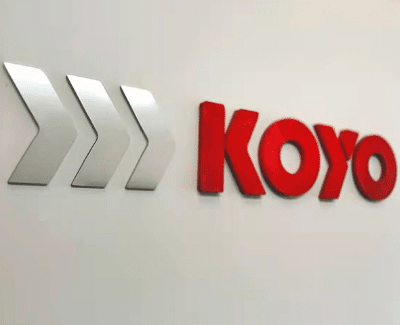
Introduction:
High-speed rotation is a common requirement in various industrial applications, and the stability of bearings under such conditions is crucial to ensure smooth and efficient operation. KOYO and NACHI, two renowned bearing manufacturers, are often considered top choices for high-speed applications. In this article, we will conduct an in-depth comparison of the stability under high-speed operation of KOYO and NACHI bearings, shedding light on the factors that set them apart in this critical aspect.
KOYO bearings have a well-established reputation for their remarkable stability at high speeds. They are engineered to deliver consistent performance even when subjected to rapid rotations. Key factors contributing to KOYO’s stability under high-speed operation include:
Precision Manufacturing: KOYO’s precision engineering ensures that their bearings are crafted with the utmost accuracy. This precision results in reduced vibration and minimizes the potential for wobbling during high-speed rotation.
Advanced Materials: KOYO uses high-quality materials that offer exceptional strength and rigidity. This enhances the structural integrity of their bearings, reducing the risk of deformation or damage at high speeds.
Balanced Design: KOYO pays meticulous attention to balancing their bearings, reducing the likelihood of imbalances causing vibrations or instability during operation.
NACHI bearings are equally recognized for their stability at high speeds. They are designed to perform consistently even in applications requiring rapid rotation. Several factors contribute to NACHI’s stability under high-speed operation:
Advanced Manufacturing Processes: NACHI’s manufacturing processes incorporate advanced techniques to ensure uniformity and precision in bearing production. This results in bearings that are well-suited for high-speed applications.
Optimized Materials: NACHI carefully selects materials that provide high hardness and heat resistance, essential attributes for stable operation at high speeds.
Innovative Lubrication: NACHI employs advanced lubrication technologies that reduce friction and heat generation during high-speed rotation, further contributing to stability.
- Application Versatility:
Both KOYO and NACHI bearings have proven themselves versatile and adaptable to a wide range of high-speed applications. Whether in aerospace, automotive, or precision machinery, both manufacturers have demonstrated their ability to provide stable and reliable performance.
- Longevity and Durability:
Stability under high-speed operation is closely linked to bearing longevity and durability. Both KOYO and NACHI prioritize durability in their bearing designs, ensuring that their bearings can maintain stability over extended periods, reducing maintenance and replacement costs.
Conclusion:
In the contest of stability under high-speed operation between KOYO and NACHI bearings, both contenders exhibit impressive capabilities. The choice between the two should depend on the specific requirements of your machinery and the nature of your high-speed application.
Ultimately, whether you opt for KOYO or NACHI bearings, you can trust in their ability to deliver stable performance, even in demanding high-speed environments. The performance and reliability of these bearings under high-speed conditions make them trusted choices in industries where precision and stability are paramount.


